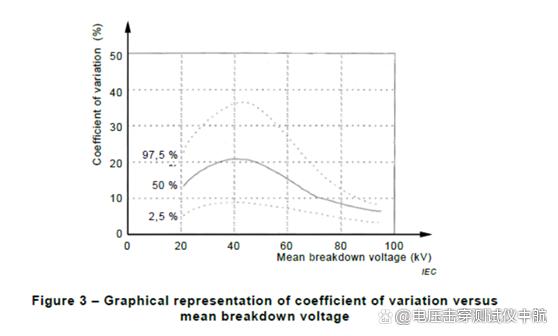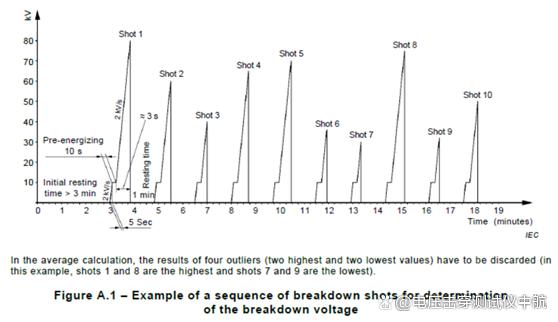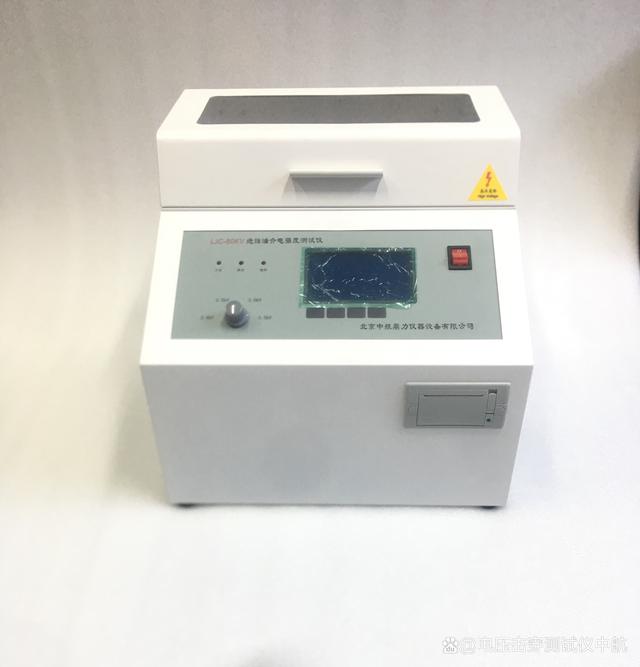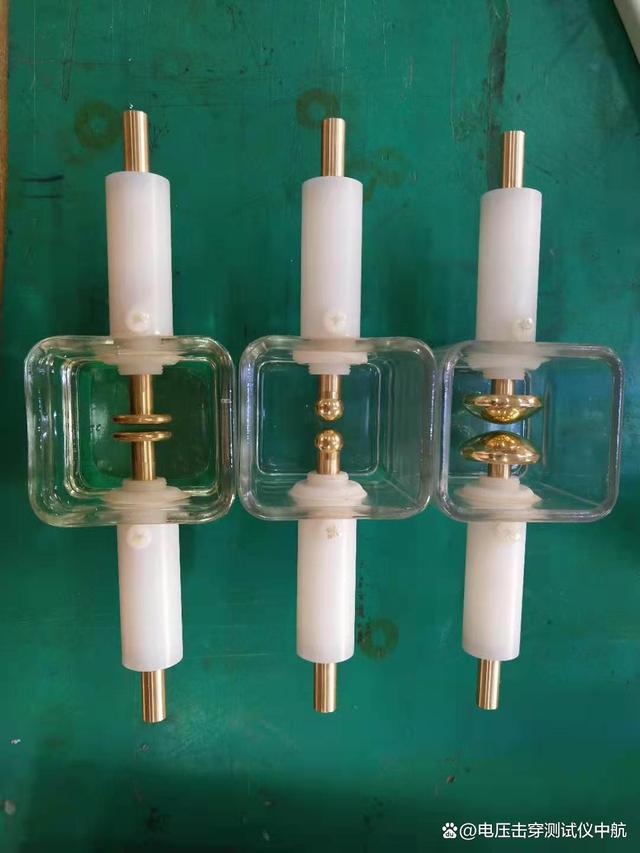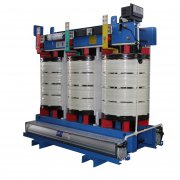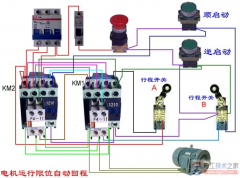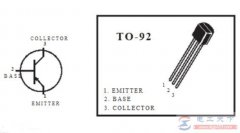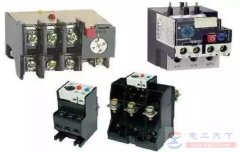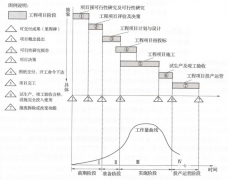电压击穿试验仪(击穿电压测试仪LJC-100KV)试验介绍
|
国标GB/T 507-2002 《绝缘油击穿电压测定法》等效采用国际标准IEC 156;1995。 国际电工委员会 IEC 2018-08 发布了第三版 IEC 60156: Insulating liquids – Determinationof the breakdown voltage at power frequency – Test method 绝缘油–工频击穿电压的测定-试验方法 变压器油的击穿电压试验都是一项重要的质量标准,直接关系到设备的安全运行,所以试验结果的准确性极其重要。在实际应用中, 变压器油击穿电压的用户验收数据和生产商出厂检验数据有时会出现较大差异。试验结果有试验方法本身,操作人员和外部环境等各种因素的影响。 这里,将现行国标与IEC 60156-2018实验步骤部分做一个对比:
图3
IEC 60156-2018 有三个附录A,B和C。 附录A 改进的测试方法 附件B 低体积样品的特殊试验方法 附录C 代表性样品的性能测试 重点介绍 附录A 改进的测试方法 A.1 Test procedure for improved test method A.1改进试验方法的试验程序 Annex A describes an improved test method, believed to be able to reduce the scatter of the results of breakdown voltage, which may be used [5],[6],[7]. The results obtained using both method saround the world during the following years will assist in a future choice whenthis documentis revised. 附录A描述了一种改进的试验方法,该方法被认为能够减少击穿电压结果的分散性。在接下来的几年中,使用两种方法获得的结果将有助于本标准方法在未来修订时做出选择。(备注:so, 此改进方法可能是未来的标准方法哦……) Use the same instrument and prepare the test according to Clauses 4 to 9. Insteadof the procedure described in Clause 10, follow the procedure described hereafter (Figure A.1): 使用相同的仪器,根据第4至9章节准备试验,然后按照下文所述的程序(图A.1),而不是第10条所述的程序: NOTE:The software of the device can be aligned with the procedure described in Annex A. 注:测试仪器的软件可与附录A中所述的程序一致。 1)The first application of voltage is started at least 5 min after completion offilling and after checkingthat the liquid under test is free from air bubbles. 1)首次施加电压至少在装样完成后5分钟,并检查试验液体是否无气泡后开始。 2)Apply voltage to the electrodes uniformly and increase the voltage from zero atthe rate of 2kV/s ± 0.2 kV/s until 10 kV is reached. 2)均匀地向电极施加电压,并以2 kV/s±0.2 kV/s的速率从零开始增加电压,直到达到10 kV。 3)Maintain the 10 kV level for 10 s, then continue with a rate of voltage rise of 2 kV/s ±0.2 kV/s until a breakdown occurs. 3)保持10 kV电压10 s,然后继续以2 kV/s±0.2 kV/s的电压升高速率,直到发生击穿。 4)The breakdown voltage shall be recorded at the maximum voltage reached. 4)应在达到最大电压时记录击穿电压。 5)Carry out 10 breakdowns on the same filling, allowing a pause of at least 1 minafter each breakdown before re-application of the test voltage. Record each single breakdown. Calculatethe test results as the average and coefficient of variation (ratio between standard deviation and mean breakdown voltage) of the remaining six results after disregarding the two highest and two lowest results. 5)在同一测试杯上进行10次击穿,每次击穿后至少暂停1分钟,然后再施加测试电压。记录每个单独的击穿电压。忽略两个最高和两个最低结果后,计算剩余六个结果的平均值和变异系数(标准偏差和平均击穿电压之间的比率)。 6) When the coefficient of variation of the test result (mean breakdown voltage) exceeds the upper limit (Figure 3), the test procedure should proceed for the other 10 breakdowns, repeatingthe procedure from 2) to 6) with the same sample liquid. Record also the results of these additional breakdowns. Calculate the test results as the average and coefficient of variation of the remaining 12 results after disregarding the four highest and four lowest results. 6)当试验结果的变异系数(平均击穿电压)超过上限(图3)时,应继续再次进行10次击穿的试验程序,使用相同的样品液体重复2)至6)的程序。记录每次击穿电压结果。在忽略四个最高和四个最低结果后,将试验结果计算为剩余12个结果的平均值和变异系数。 For insulating liquids having a nominal viscosity higher than 15 mm2/s (40°C), the resting time before application of the voltage shall be increased in the range of 15 min to 30 min. In addition, the resting time between two consecutive shots shall also be increased accordingly.对于标称粘度高于15 mm2/s(40℃)的绝缘液体,施加电压前的静置时间应增加至15分钟~30分钟。此外,连续两次加压之间的静置时间也应相应增加。
|

